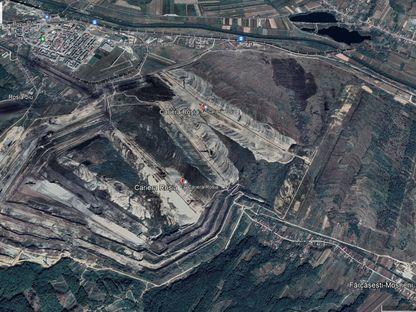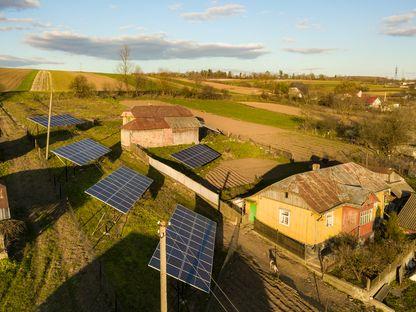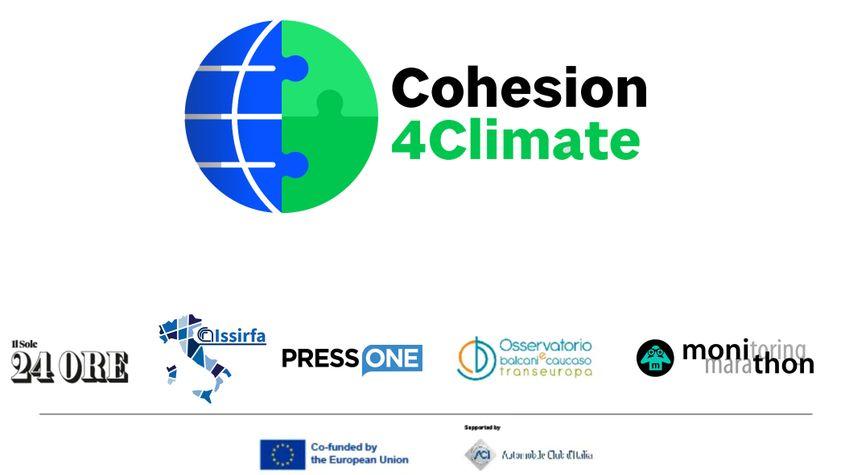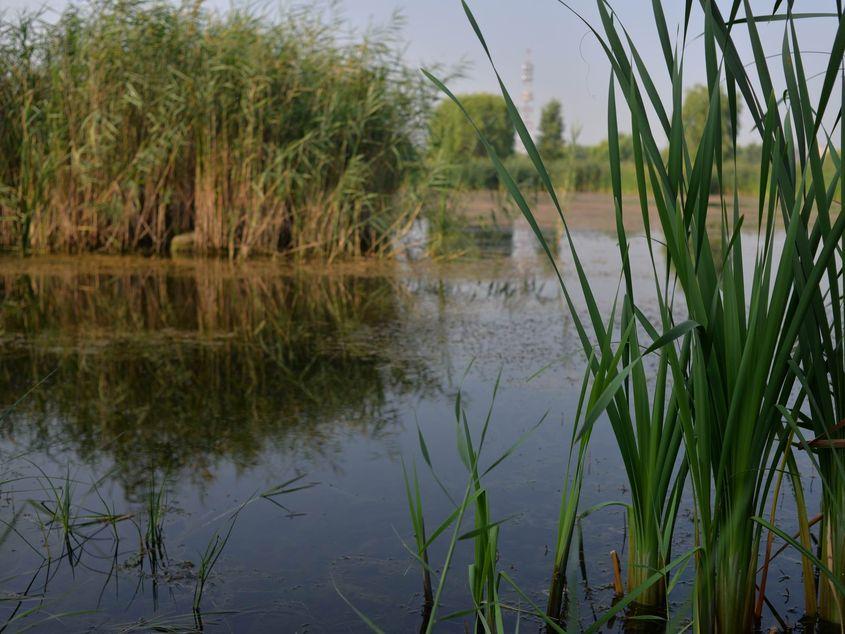
Văcărești Natural Park. Photo by Lucian Muntean
07/07/2025
What did Romania do with half a billion euros for nature preservation?
- In the second half of June, the European Commission announced that Romania has two months left to take the necessary measures for the protection of Natura 2000 sites. Otherwise, the Commission may refer the case to the Court of Justice of the European Union. How did it get to this point?
- The authorities failed to meet a number of commitments regarding the designation of Special Areas of Conservation within the Natura 2000 network, such as drafting management plans that include specific conservation measures required in each individual site
- Moreover, for some of the areas that have already been designated, the conservation measures are either incomplete, not tailored to the site, or too vague to have any real impact
- Romania had access to more than 490 million euros for biodiversity conservation, according to a response provided to PressOne by the Ministry of Investments and European Projects
- Most of the funds were allocated for the development of management plans for protected areas within the Natura 2000 network
- However, some sites still lack such plans, while part of the strategies, experts consulted by PressOne explain, were drafted under the mindset of “let’s make it look good because otherwise it will be bad.”
Two months vs. six years
„The Commission has decided to issue a reasoned opinion to Romania, which now has two months to respond and take the necessary measures. Otherwise, the Commission may decide to refer the case to the Court of Justice of the European Union.”
The statement comes from the European Commission (EC), which found that the Romanian authorities are delaying the implementation of necessary measures to protect sites that are part of the Natura 2000 network. Where such measures do exist, some are unspecific, incomplete, or too general to ensure proper conservation.
According to the Brussels executive, Romania has still not designated 169 sites of that have community importance as protected areas, despite having six years to do so. The authorities in Bucharest now have two months to address the issue.
What should the authorities have done?
Upon joining the European structures, Romania became part of the Natura 2000 network and was required to translate into national legislation two key EU directives on nature and biodiversity conservation: the Habitats Directive and the Birds Directive.
Under these directives, Romania had to submit to the Commission natural areas which, "in the biogeographical region(s) where they are located, contribute significantly to maintaining or restoring a favorable conservation status for natural habitats or species of community interest, and which may significantly contribute to the coherence of the NATURA 2000 network," according to the National Agency for Protected Natural Areas. This includes both natural areas under the Habitats Directive, known as Sites of Community Importance (SCI), and areas designated under the Birds Directive, namely Special Protection Areas(SPA).
Currently, there are 606 such sites in Romania: 435 SCIs and 171 SPAs.
According to the Habitats Directive, Sites of Community Importance — the 435 listed in the table — do not automatically become protected areas. In order for that to happen, once Romania designates the sites and the European Commission takes note of them, the Romanian authorities must establish concrete conservation measures. This is done through a management plan approved by ministerial order.
Mulți ne citesc, puțini ne susțin. Fără ajutorul tău, nu putem continua să scriem astfel de articole. Cu doar 5 euro pe lună ne poți ajuta mai mult decât crezi și poți face diferența chiar acum!
Romania had six years to draft these management plans from the moment the natural areas were included in the Natura 2000 list. As already mentioned, the Romanian environmental authorities are behind on this task for more than 160 Sites of Community Importance.
Moreover, the authorities had access to European funding for this purpose.
Over 490 million euros (in EU contribution) for protected area conservation
In a response provided to PressOne, the Ministry of Investments and European Projects stated that over the course of three EU funding periods, Romania had access to more than 490 million euros (EU contribution alone) for biodiversity conservation projects.
| Under the Sectoral Operational Programme – Environment (POS Mediu) 2007–2013, the allocated amount was €191,098,548, of which €171,988,693 came from the EU, with an absorption rate of 71%. |
Coal Mining Expansion Leads to Deforestation: Over 470 Hectares of Forest Cut Down in Gorj, Romania
Over the past six years, more than 470 hectares of national forest land have been allocated by the government, without compensation, to the Oltenia Energy Complex (CEO) for the expansion or opening of new coal mines.
The not-so-green Romania. The state delays settlements for photovoltaic panels by 2 years
PressOne reviews the main dysfunctions in the production, consumption and distribution of energy from renewable sources, as revealed by discussions with consumers and data provided by official sources at the request of our editorial office.
| Under the Large Infrastructure Operational Programme (POIM) 2014–2020 — where protected area conservation was one of several funded measures under Specific Objective 4.1, "Improving biodiversity protection and restoration of degraded ecosystems" — the allocated amount was €167,972,480, of which €142,776,608 came from the EU, with an absorption rate of 99.9%. |
| Under the Sustainable Development Programme (PDD) 2021–2027 — where protected area conservation is again one of several funded measures under Action 2.1 (Biodiversity conservation in compliance with environmental directives) and Action 2.4 (Continuing staged biodiversity projects from POIM) — the allocation includes €123,529,412 for Action 2.1 and €88,235,295 for Action 2.4. The EU contribution amounts to €105,000,000 for Action 2.1 and €75,000,000 for Action 2.4. |
The same response also shows that most projects funded under these programmes were aimed at „assessing the conservation status of habitats of Community interest,” at „conservation management,” or at „drafting management plans” for certain Natura 2000 sites. A much smaller number of projects focused on implementing concrete measures for restoration, rehabilitation, or conservation.
Un newsletter pentru cititori curioși și inteligenți.
Sunt curios
More bureaucracy, more money
Silviu Chiriac, a biogeographer and nature conservation expert at the Vrancea Environmental Protection Agency, says it was expected that in the first EU funding period (2007–2013), most of the money would be used for evaluating newly designated areas under the two directives, as well as for drafting management plans. That is because these plans, in theory, should contain concrete conservation measures.
The problem, he says, is not the large number of EU-funded projects aimed at drafting these plans — which are mandatory — but their quality.
„What the European Commission rightly emphasizes when it says we haven’t done our job is the quality of these management plans,” Chiriac explains. „For various reasons, there were a few groups in the country that pushed for the plans to be extremely complex, to contain in-depth analyses, even referring to planes flying above the protected area.”
PressOne has previously reported on how management plans for protected areas became overly bureaucratic — a topic closely tied to another large EU-funded environmental project: SINCRON (worth €10 million).
„Why did they do this? To justify securing as much money as possible. If a management plan had just 5 pages and a few concrete conservation actions, it would’ve been a very good plan — but not one you could ask a lot of money for. When the content of such a plan is regulated by ministerial order and says you must study everything — the social, geological, hydrological environment — of course you can ask for much larger sums, because, theoretically, the efforts are much greater,” says Chiriac.
Overly broad measures, lacking applicability
Besides the lack of management plans, another issue identified by the European Commission relates to the absence of concrete measures in some of the existing plans.
„Sixteen sites do not have site-specific conservation objectives, and 208 sites have incomplete site-specific conservation objectives. Additionally, conservation measures for 10 sites are too general to ensure adequate protection of the habitats and species for which they were designated,” reads the Commission’s reasoned opinion from June 2025.
Chiriac recalls an episode when this problem reached public attention. In 2020, the European Commission temporarily suspended funding for the Sibiu–Pitești highway because it crossed several Natura 2000 sites and habitats.
The EC then requested a comparison between the highway’s feasibility studies and the management plans for the affected sites.
„When the Commission looked at those management plans, it realized that, for example, for the grey longhorn beetle, the proposed conservation activities included some of the „let it be good so it won’t be bad” kind. The same with the wolf. The future actions for the conservation of the species were „maintaining the favorable conservation status of the Canis lupus species,” but nothing concrete,” adds the expert.
The biogeographer continues: „What the Commission is trying to say is that it’s not enough to just declare our good intentions for conserving the site, but to state concretely how we want to do that. To say in the plan that, for example, for the conservation of the grey longhorn beetle species, there will permanently be at least 50 hectares of beech forest, because they need deadwood. The same for the wolf population — that there will be at least 100 deer to ensure the food base.”
How did we get here?
„I don’t believe that our management authorities ever had very deep expertise to analyze the quality of the documents,” says Silviu Chiriac.
According to him, when submitting an environmental project funded with European money — like those for Natura 2000 site management plans — it matters more to meet bureaucratic criteria and less the quality of the project. Especially since the project is accompanied by a report made by experts in the field, who should vouch for the quality of the presented information.
„The full responsibility lies with those who ensured the funding. Moreover, these management plans are approved by order of the competent authority. When the authors delivered the document and put it on the table of the Ministry of Environment, there is a biodiversity department there that checks all management plans. If they had seen that the documents were incorrect or that the information didn’t have the desired quality, they wouldn’t have approved the management plan,” says the expert.
According to him, the quality of management plans began to decline when the few experts called in to create and validate the plans „started to be courted for dozens or hundreds of management plans at the same time, so they no longer had the possibility to do high-quality fieldwork.”
The rushed model, preferred by the management authorities
It matters how the authority in charge of managing European funds for environmental projects saw fit to do its job. Delays in opening project calls or the „first come, first served” model proved to be damaging for projects aimed at biodiversity conservation.
„When you force funding like it is an athletics race, where we all line up at the start, the pistol fires once and the one who submits the funding request first gets the money, then we start to jostle like sheep, quickly write a rushed funding request, without properly negotiating with the experts, and we realize the funding is granted but we don’t have anyone to carry out the project,” says Silviu Chiriac, from ANPM Vrancea.
He adds that more predictability is needed for funds allocated to conservation projects, as well as a longer period of time for drafting projects, as well as much closer collaboration between the authorities and those applying for funding.
„You want to get funding to manage a protected area? Go to the authority, submit it calmly, in due time, a body of experts reviews your plan, guides you on how to improve the application. But everything is rushed now. It’s burning, it’s burning, let’s put it out. The European Commission said we’ve been naughty and we have two months left, let’s fix it. But what can we really fix in two months?” the expert declares.
Things are no better when it comes to the PNRR funds allocated for revising management plans for protected areas. Authorities only have until the end of 2026 to draw down the PNRR money, but there still isn’t an approved guideline for this measure.
The guide for funding these projects to revise management plans for protected areas was published for public consultation and contested by several environmental stakeholders. In the end, a decision was reached requiring the ministry to redo the funding guide.
„Let’s say the guide is launched tomorrow. We have one year left from the PNRR. Well, if the guide is only now being launched, by the time contracts are signed, by the time the contract beneficiaries hire experts, and by the time they get to work, winter will come and they won’t be able to do fieldwork. You’ll be left with one or two months next summer for that — but what kind of quality will that data have?”
What do we have after 18 years of European funds for the conservation of protected areas?
„In 2007, we knew nothing, except for some old books from the National Library of Romania which said that bird X lives somewhere in those mountains. At least now we know what we have to do, we know the vision of European countries, we know what the European Commission expects from us, we’ve become familiar with the mechanisms. Of course we now have a much more consistent database — but it could’ve been a million times better,” says Silviu Chiriac, nature conservation expert at ANPM Vrancea.
When it comes to improving the conservation status of protected natural areas as a result of management plans, Silviu Chiriac believes the situation is not uniform across the country.
„There were teams who managed the protected areas extremely well and efficiently based on these funds. But there were also situations where visitor centers, brochures, little papers, and studies were funded — but in reality, nothing actually happened.”
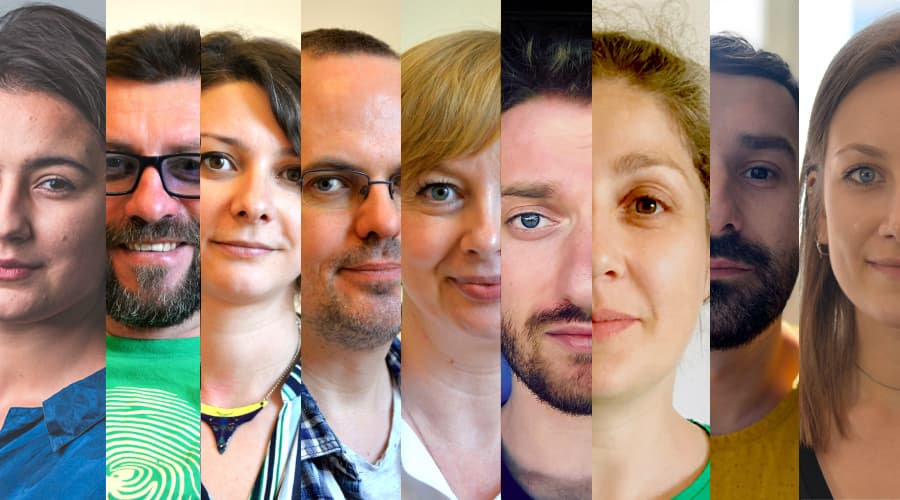
Avem nevoie de ajutorul tău!
Mulți ne citesc, puțini ne susțin. Asta e realitatea. Dar jurnalismul independent și de serviciu public nu se face cu aer, nici cu încurajări, și mai ales nici cu bani de la partide, politicieni sau industriile care creează dependență. Se face, în primul rând, cu bani de la cititori, adică de cei care sunt informați corect, cu mari eforturi, de puținii jurnaliști corecți care au mai rămas în România.
De aceea, este vital pentru noi să fim susținuți de cititorii noștri.
Dacă ne susții cu o sumă mică pe lună sau prin redirecționarea a 3.5% din impozitul tău pe venit, noi vom putea să-ți oferim în continuare jurnalism independent, onest, care merge în profunzime, să ne continuăm lupta contra corupției, plagiatelor, dezinformării, poluării, să facem reportaje imersive despre România reală și să scriem despre oamenii care o transformă în bine. Să dăm zgomotul la o parte și să-ți arătăm ce merită cu adevărat știut din ce se întâmplă în jur.
Ne poți ajuta chiar acum. Orice sumă contează, dar faptul că devii și rămâi abonat PressOne face toată diferența. Poți folosi direct caseta de mai jos sau accesa pagina Susține pentru alte modalități în care ne poți sprijini.
Vrei să ne ajuți? Orice sumă contează.
Share this


